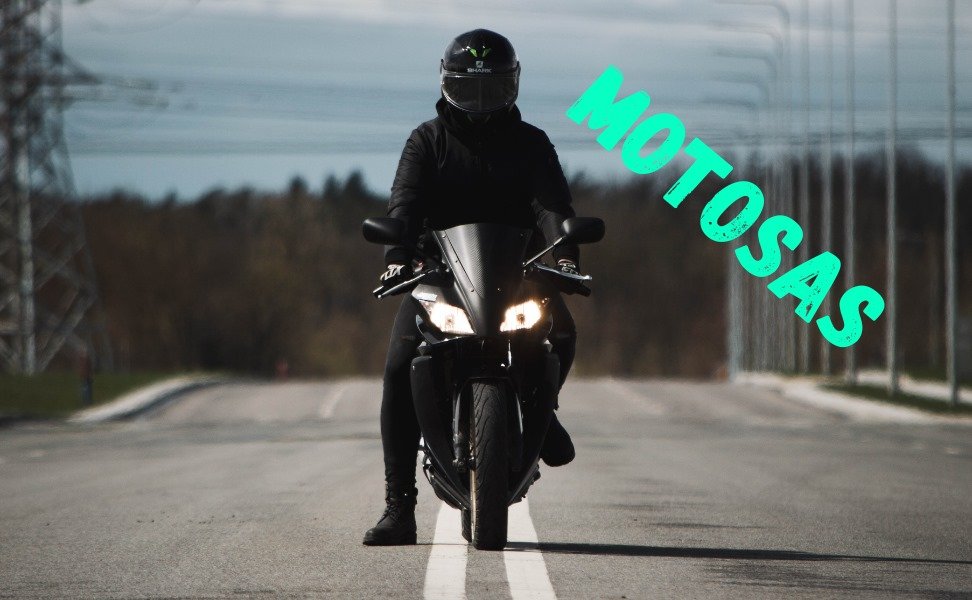Revolutionizing Urban Transportation
Urban mobility is transforming profoundly with the emergence of contemporary answers like Motosas. These compact, electric motors are poised to revolutionize how people navigate city landscapes, presenting a sustainable and green alternative to standard modes of transportation.
What are Motosas?
Motosas constitutes a fusion of contemporary generations and a smooth layout tailored to metropolis environments. These compact vehicles typically accommodate one or two passengers and are powered by electric motors, minimizing their environmental footprint. With their nimble maneuverability and compact footprint, Motosas are ideal for navigating crowded city streets and congested website visitors.
Key Features and Benefits
Eco-Friendly: Motosas are powered with the resource of power, casting off dangerous emissions and reducing reliance on fossil fuels. This inexperienced detail aligns with the growing emphasis on sustainability in city planning.
- Compact Design: Unlike traditional motors, Motosas are designed to be compact and agile, permitting them to weave through website online site visitors and get entry to slim lanes without issue. Their small footprint makes them best for parking in densely populated areas in limited vicinity.
- Intelligent Connectivity: Many Motosas come prepared with superior connectivity features, GPS navigation, and phone integration, enhancing the overall character enjoyment. This seamless integration with digital systems lets customers optimize their journey routes and live activities simultaneously on the skip.
Challenges and Considerations
While Motosas offer several benefits, their extensive adoption isn’t without traumatic situations.
- Infrastructure: The hit integration of Motosas into metropolis transportation structures calls for good enough infrastructure, charging stations, and precise parking areas. With sufficient aid infrastructure, sizeable adoption can be improved.
- Regulatory Framework: Governments and regulatory bodies must expand clear guidelines and policies governing Motosas use to ensure protection and compliance with cutting-edge visitor legal guidelines. This includes licensing necessities, speed limits, and coverage issues.
The Future Landscape
Despite these demanding situations, urban mobility’s destiny appears increasingly Motosa-centric. As cities grapple with troubles at the side of congestion, pollution, and restrained areas, Motosas offers a viable solution that aligns with sustainability and overall performance. With ongoing advancements in era and infrastructure, Motosas is poised to end up with the necessary components of the city transportation surroundings, shaping the cities of the next day.
Conclusion
In the end, Motosas represent a promising glimpse into the future of urban mobility. By imparting a sustainable, green, and flexible mode of transportation, they cope with some of the challenges going through current towns. However, figuring out their whole capability calls for concerted efforts from numerous stakeholders, including governments, corporations, and concrete planners. With suitable investments in infrastructure and regulatory frameworks, Motosas can pave the manner for cleaner, greener, and extra-reachable towns for generations to come back.
FAQs About Motosas:
What exactly are Motosas?
Motosas are compact, electrically powered vehicles designed for city transportation. They usually accommodate one or more passengers and are powered by electric automobiles. Their compact length and maneuverability make them ideal for navigating crowded town streets and congested traffic.
How do Motosas contribute to sustainability?
Motosa are green alternatives to traditional gasoline-powered vehicles. They produce 0 emissions at some point of operation, decreasing air pollution and carbon footprint. Motosas significantly prevents weather trade and sells environmental sustainability by promoting renewable power assets for strength technology.
Is Motosas stable enough to be applied in city environments?
Yes, Motosa is designed with safety in mind. They undergo rigorous testing to meet safety requirements and guidelines. Additionally, many Motosas come equipped with superior safety capabilities such as stability control, anti-lock brakes, and collision avoidance systems to ensure the safety of passengers and unique avenue users.
How many ways can a Motosa journey on a single price?
The range of a Motosa is based on various factors, including battery capability, terrain, driving situations, and speed. On average, a maximum of Motosa can travel between 50 and 100 miles on an unpaid fee. However, advancements in battery generation usually enhance the range, making Motosa even more practical for city commuting.
What infrastructure is needed to provide valuable resources for the giant adoption of Motosa?
To assist the sizable adoption of Motosa, cities want to invest in infrastructure collectively with charging stations and wonderful parking regions. Charging infrastructure must be strategically located within city areas to ensure it is convenient for entering Mot customers. Additionally, city planners can also need to designate lanes or zones, particularly for Motosa. To optimize the website, online visitors, drift, and ensure their secure integration into existing transportation structures.
Read also:












1 thought on “Exploring Motosas: The Future of Urban Mobility”